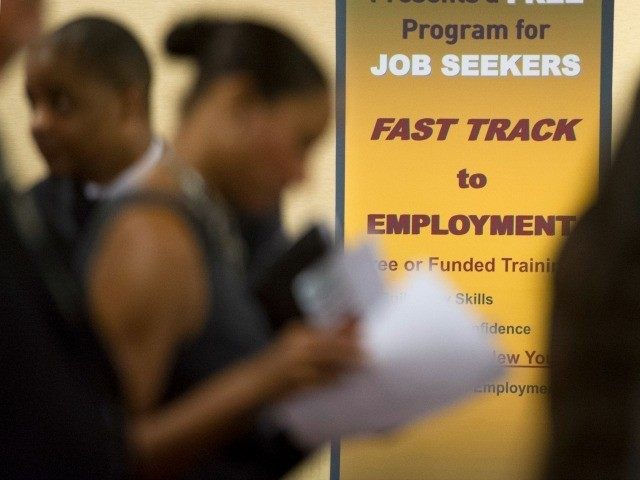Foreign-born people in the U.S. were more likely to have a job last year than native-born Americans, based on new data from the Bureau of Labor Statistics.
In 2014, the unemployment rate for foreign-born people was 5.6 percent, compared to 6.3 percent for native-born Americans. Both groups experienced declines in unemployment from the year prior when foreign-born unemployment was 6.9 percent and native-born was 7.5 percent.
The data was compiled as part of the Current Population Survey and reveals that while the unemployment rate has declined for the foreign born, their numbers are on the rise. In 2014 there were more than 25.7 million foreign born workers, up from the 25.3 million foreign born workers in 2013.
The foreign-born as a percentage of the labor force is also on the rise. In 2014 foreign-born workers made up 16.5 precent of the U.S. civilian labor force. Compare that to the year 2000, when the foreign-born population made up 13.3 percent.
In addition to boasting a lower unemployment rate and an increasing share of the labor force, the foreign born population also beat out their native-born counterparts in labor-force participation.
In 2014, the foreign-born labor force participation rate was 66.0 percent compared to the 62.3 percent for the native-born.
To be sure, the foreign-born share of the labor force varied from region to region.
“By region, the foreign born made up a larger share of the labor force in the West (23.8 percent) and in the Northeast (19.2 percent) than for the nation as a whole (16.5 percent) in 2014. In contrast, the foreign born made up a smaller share of the labor force than for the nation as a whole in the South (15.3 percent) and Midwest (8.5 percent),” the BLS reported.
In terms of ethnicity, Hispanics, the BLS reported, constituted 48.3 percent of the foreign-born labor force, Asians accounted for 24.1 percent.
The foreign-born were less likely to out-earn their native-born counterparts, however the BLS reports that the earnings chasm diminishes at higher levels of education.
“The gap between the earnings of foreign-born and native-born workers closes at higher levels of education. For example, among high school graduates (no college), full-time workers who were foreign born earned 84.3 percent as much in 2014 as their native-born counterparts. Among those with a bachelor’s degree and higher, the earnings of foreign-born workers were essentially the same as the earnings of native-born workers,” the BLS explains.

COMMENTS
Please let us know if you're having issues with commenting.